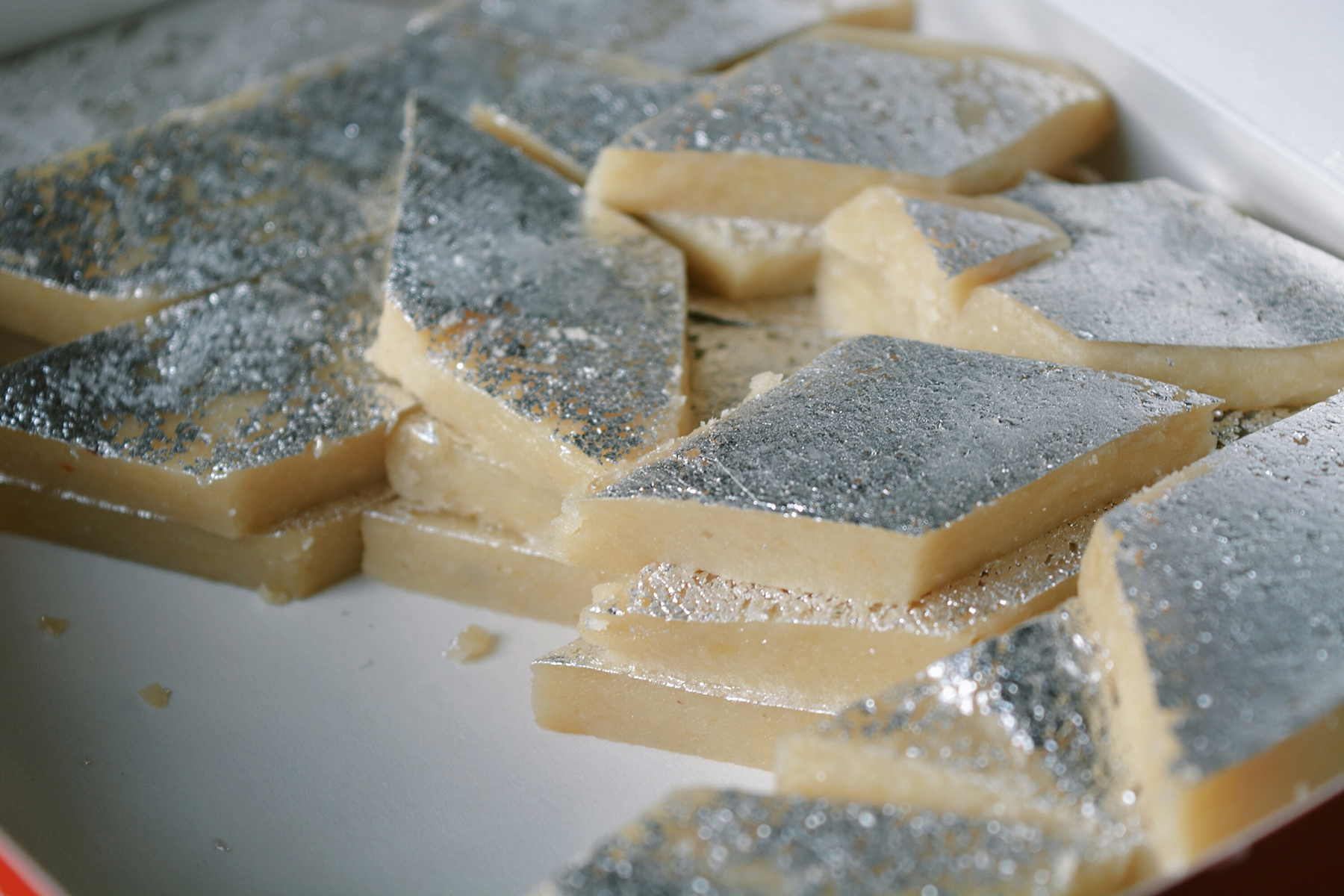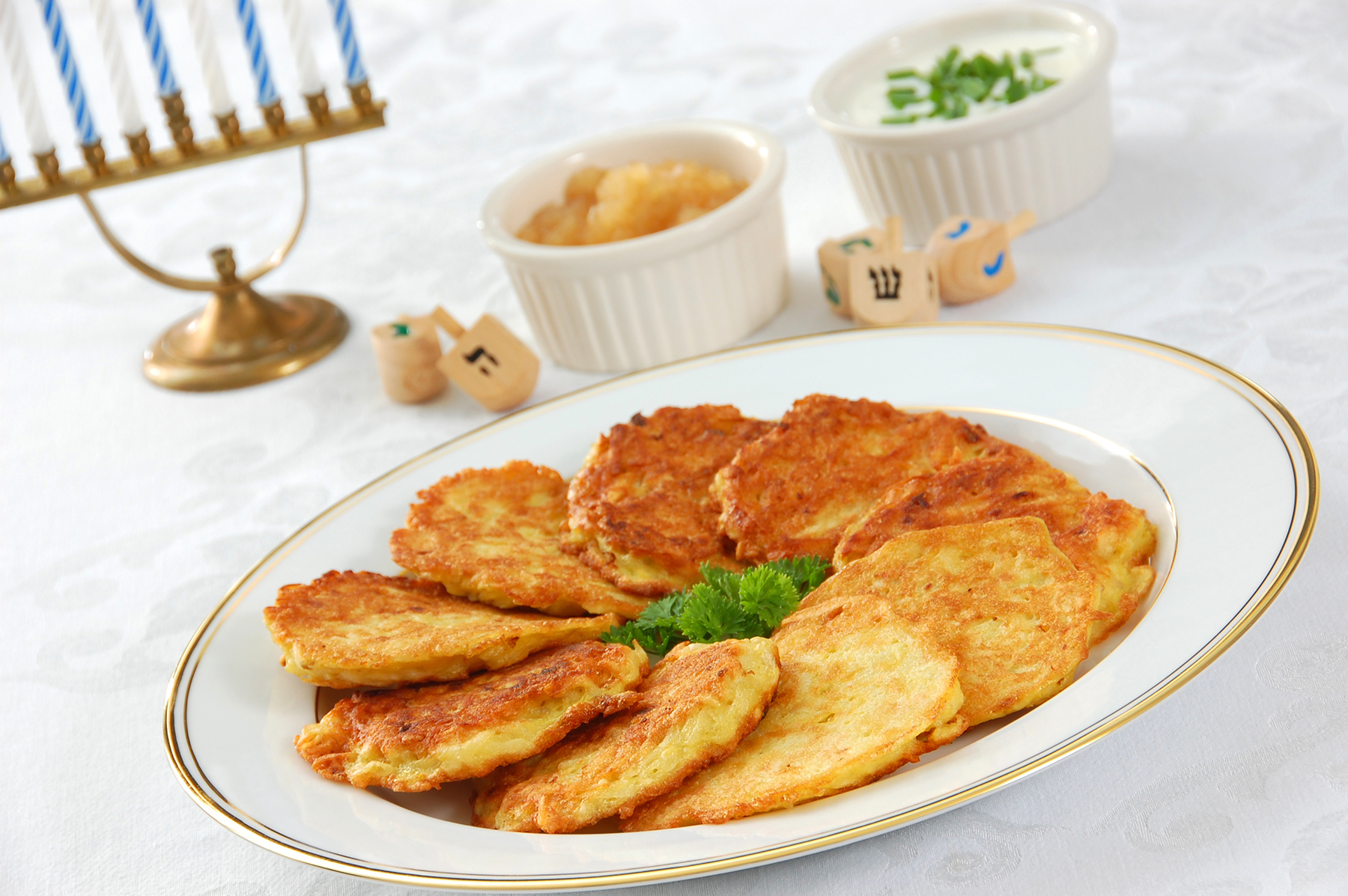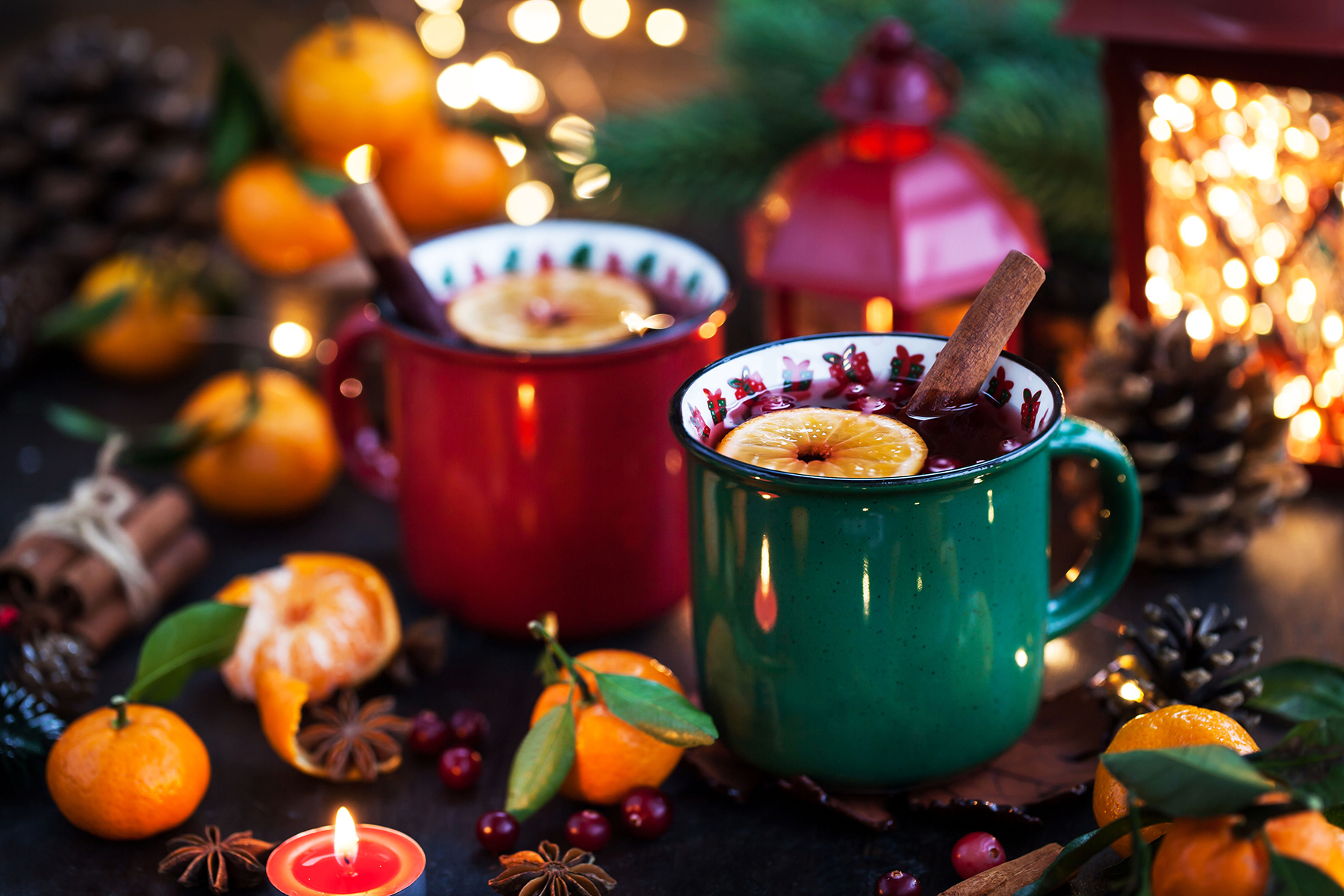Holiday Foods Evoke Fond Memories
Nostalgia reinforces the idea that food doesn’t just taste good, but it’s comforting, too.
There is a proven link between taste buds and memories. Just one bite of a favorite food can take us back to the time and place we first experienced the dish.
We asked several students, faculty, and staff to share memories of a favorite or must-have food or beverage for the holidays. The culinary delights range from a French dish made with potatoes, cheese, and onions to a warm and spicy Mexican cider.

“One food that is a must-have during Diwali in India (and among the diaspora around the world) is kaju katli. The sweets are made with ground cashews, ghee (clarified butter), and sugar syrup and are often decorated with edible silver leaves. Their iconic diamond-shaped cut and simple recipe are what make kaju katli a favorite across all ranges. My family often makes these sweets during Diwali and shares them with neighbors, friends, and family, spreading the joy of Diwali with others.”
—Charu Chaturvedi, fourth-year mechanical engineering student
“A dish called natilla, a custard made with oatmeal and panela, is very traditional in Colombia for Christmas. We usually have it in the novenas, which are gatherings to pray nine days before Christmas following the journey of San Jose and Maria to Belen. After each novena, the family eats and sings.”
—Sara Araujo, Development director for Latin America
“I grew up in rural North Carolina, and Thanksgiving dinner is the premier holiday meal in my family. My favorite dish has always been ‘ham rice’ — rice cooked in the broth that comes from a baked ham. It is special because the dish was created by my family for our family. No one is familiar with it unless you are eating Thanksgiving dinner with our family.”
—Charmaine Troy, associate director of First Generation Student Initiatives, Office of Undergraduate Education
“A Chinese rice cake, nian gao, is served during Chinese New Year. Nian translates to ‘year’ in English, and gao translates to ‘cake.’ However, in Chinese, the word gao has many homonyms, including the translation ‘high-up.’ As a result, nian gao means yearly growth and prosperity. Hence, Chinese people eat nian gao during New Year. It is a sweet sticky dish whose key ingredient is glutinous rice. Depending on local customs, nian gao may have added dates, sprinkled brown sugar, or wrapped banana leaves while baking.”
—Ivy Zheng, biomedical engineering graduate, Spring 2023

“My must-have food for the winter holiday is tartiflette, a dish from Savoy in the French Alps made with potatoes, reblochon cheese, lardons (small strips or cubes of bacon) and onions. It’s comforting after a day of hiking or skiing. Also, when I was a child, my mom served roast chicken with french fries and homemade mayonnaise on Sundays. It smelled so good in the house. When you are a child, it is fun to eat with your fingers and no fork.”
—Corinne Guyot, academic office manager, Georgia Tech-Europe
“One food that is very common in my home country of Guatemala is called fiambre. Served on the Day of the Dead, fiambre is a mix of various processed meats and a few vegetables and may sometimes also include eggs. Usually, families and friends come together to eat fiambre, with each household bringing their own concoction, and everyone sharing and discussing which one they like best.”
—Alberto Fuentes, assistant professor, Sam Nunn School of International Affairs
“Fufu and palm nut soup is a must-have food in Ghana and it’s my favorite choice on any occasion. Fufu is originally made of cassava and plantain. They are boiled and then pounded carefully together into a rounded slab in a locally made wooden mortar and wooden pestle. It is important to acknowledge that other parts of the country use yam in place of cassava. Palm nut soup is made from a palm nut base which is combined with marinated meats (goat, cow, sheep, etc.), smoked dry fish, and aromatics for a rich deeply flavored soup. It is then served into locally made earthenware for enjoyment. The best way to eat fufu with the soup is to swallow without chewing.”
—Emmanuel Mate-Kole, Ph.D. student in nuclear and radiological engineering
“In Cambodia, we celebrate Khmer New Year around mid-April. A dish that my family makes every year is stir-fried vermicelli noodles called cha mi suor. The dish contains vermicelli noodles, wood ear mushrooms, tofu sheets, and meats of choice. The noodles are coated with a savory sauce made with soy sauce, fish sauce, garlic, pepper, and other aromatics to tie the components together. It’s a simple yet filling dish that serves our whole family. I like to top mine with extra scallions, sriracha, and chili flakes for some added spice. It can be enjoyed all year round, but it’s a must-have during Khmer New Year for us.”
—Tepolak Seth, master’s student in civil engineering

“My family always makes potato latkes at least once during Hannukah. If you’ve never had them, they are pretty much a hash brown pancake made with grated onion and potato mixed with egg. We used to make jokes that they also contained knuckle skin because it was so difficult to grate so many potatoes without getting cut. A few years ago, I learned that you can buy frozen hash browns and onions and save yourself some effort (and pain). Latkes are fried in oil which helps us remember the miracle of the eternal light in the temple burning for eight days even when it was out of oil. We serve them with sour cream and apple sauce.”
—Jennifer Leavey, assistant dean for faculty mentoring in the College of Sciences, principal academic professional in the School of Biological Sciences, and director of the Georgia Tech Urban Honey Bee Project

“A beverage my family makes for Christmas every year is ponche. It’s a hot drink similar to a cider. My family makes it with tamarind, sugar cane, cinnamon, piloncillo (similar to brown sugar), and an assortment of fruits. It is a customary Mexican drink made throughout the winter, and every family has their own specific mix of ingredients. The sweet mix of spices warms you from the inside out.”
—Nayzet Pena, third-year civil engineering student
Credits
Original publication date: Nov. 10, 2022